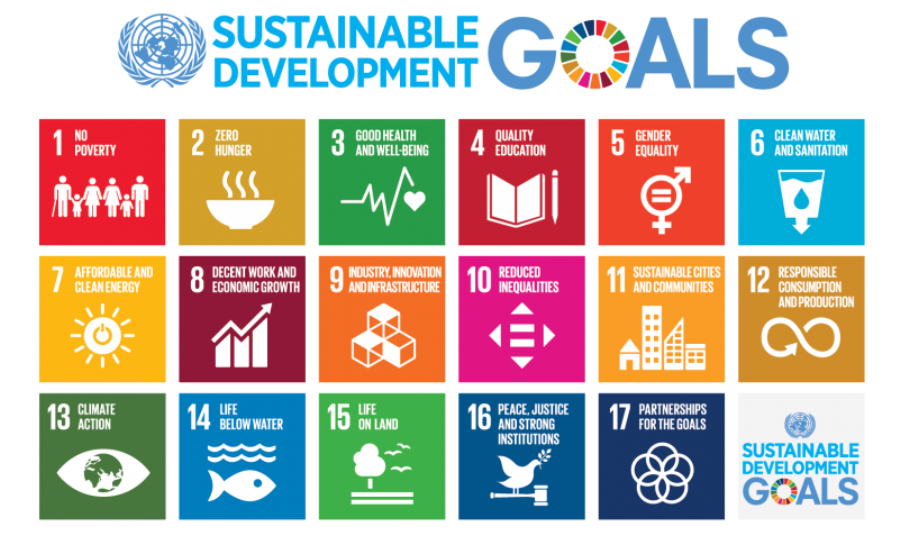Closing South Africa’s Sustainable Development Goals (SDGs) gap will require significant infrastructure and related spending, informed by the right objectives and relevant metrics, according to a joint study by the World Bank and the Development Bank of Southern Africa (DBSA), launched today. The report, entitled: Going Beyond the Infrastructure Funding Gap – A South African Perspective, quantifies the spending needed in education, transport, and water and sanitation to achieve the related SDGs.
The United Nations adopted the SDGs in 2015 as a universal call to action to end poverty, protect the planet, and ensure that by 2030 all people enjoy peace and prosperity. South Africa’s commitment to the SDGs is embodied in the National Development Plan Vision 2030. While progress has been made, South Africa has significant work ahead to achieve the SDGs. According to the Sustainable Development Report 2022, South Africa ranks 113 out of 161 countries in terms of its performance in the 17 SDGs.
According to the study, South Africa needs to spend between R4.8 trillion and R6.2 trillion ($254 billion to $329 billion) on transport, water and sanitation, basic education, and Technical and Vocational Education and Training (TVET) between the years 2022 and 2030, to close the SDGs gap in these sectors. The figures for infrastructure spending are equivalent to spending between 8.7% and 11.2% of Gross Domestic Product (GDP) per year on average. The study asserts that the solution is not always to spend more, but to spend better on the right objectives, with the use of relevant metrics.
The study highlights infrastructure cost drivers and the implications of different policy choices. In addition, the sectoral analyses present detailed results on the spending needs under several scenarios and recommendations to close the gap.
“Infrastructure is required to support the progress towards the 2030 SDG agenda. Education, electricity, water and sanitation, and transport infrastructure are required to improve access to basic services and support inclusive economic growth. This innovative study contributes to the evidence-based body of knowledge, towards understanding the service gap, and the ambitions of each sector, in determining where investments should be made,” says Marie Francoise Marie-Nelly, World Bank Country Director for South Africa.
“Closing the SDG gap will require significant infrastructure and related spending,” says Boitumelo Mosako, Chief Executive Officer of the DBSA. “In addition to the sectoral analyses, this study provides an assessment of the exposure of infrastructure assets to natural hazards and the investment needs to increase their resilience. Our joint study further provides a macroeconomic analysis, which examines the growth implications of the proposed spending and the projected funding gap.”
Achieving the SDGs requires adequate infrastructure in various sectors. This includes good-quality school and college facilities to support student outcomes. Reliable transportation infrastructure and affordable services are also essential for people to access basic services and job opportunities, allowing firms to stay competitive and create better jobs. Furthermore, it involves establishing high-quality water and sanitation infrastructure to provide affordable and safe services. Lastly, resilient infrastructure is essential for sustainable progress towards the SDGs, ensuring long-lasting and environmentally responsible development.
A key finding of the study is that poor quality and management of infrastructure and services undermine the achievement of SDGs. Thus, investing in infrastructure must be supported by proper management, maintenance, and good governance.
Source: World Bank Group

